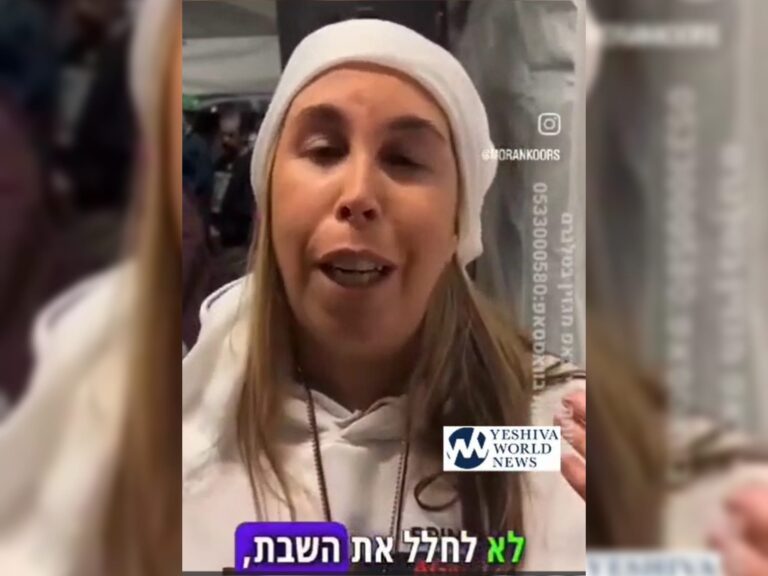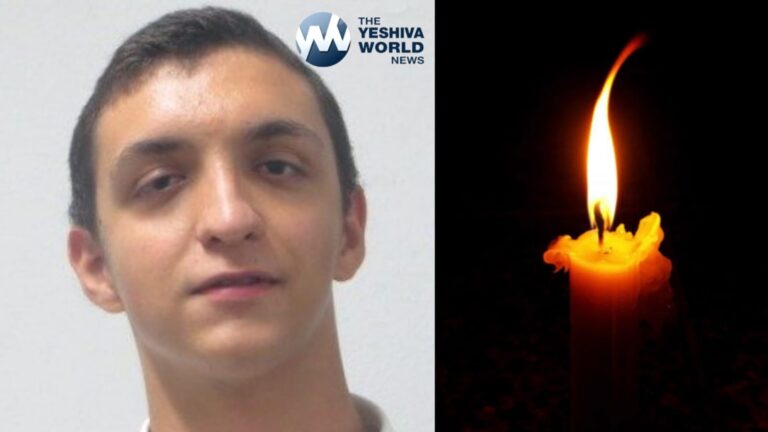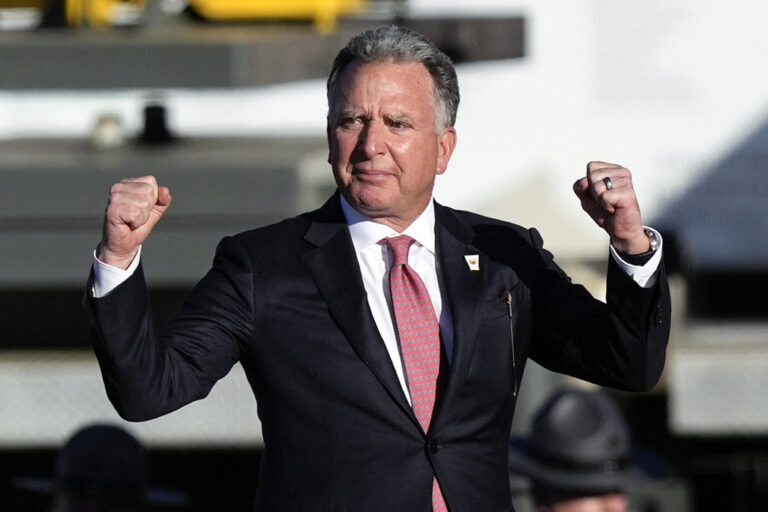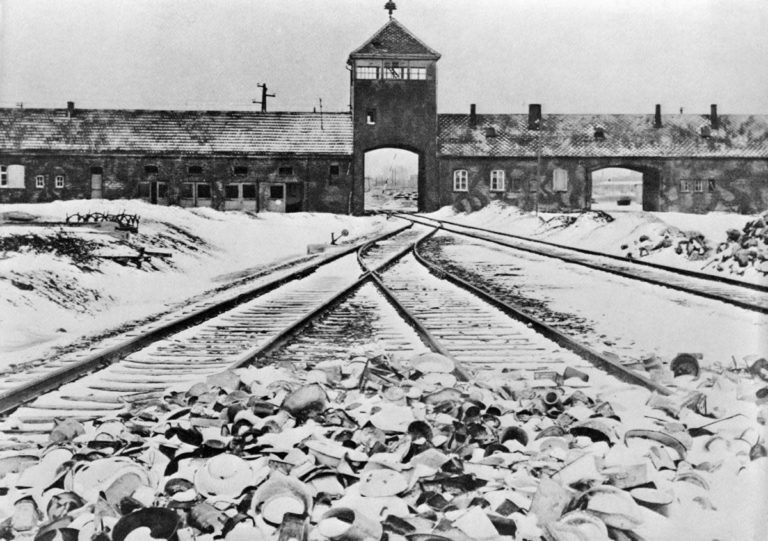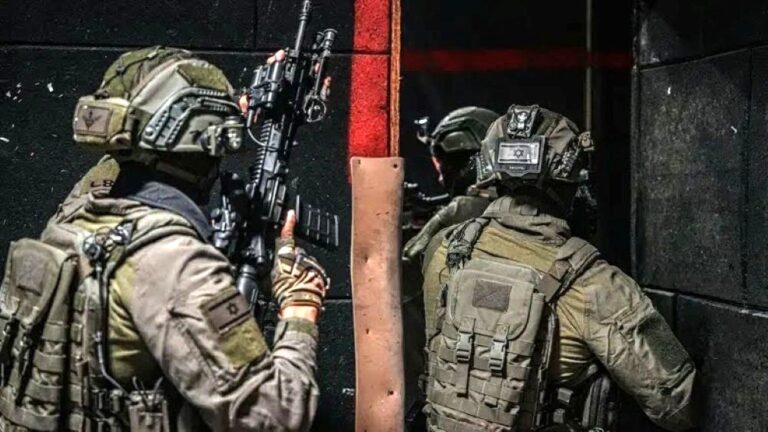 According to the Yesha Council, there were 421,400 residents of Yesha areas at the end of 2016 with a growth of 3.9%. The city with the most growth in 2016 is Betar Illit (5.6%) followed by Modi’in Illit (5.3%) and Ariel (2.5%).
According to the Yesha Council, there were 421,400 residents of Yesha areas at the end of 2016 with a growth of 3.9%. The city with the most growth in 2016 is Betar Illit (5.6%) followed by Modi’in Illit (5.3%) and Ariel (2.5%).
The report adds that over the past decade, the average annual growth in Yesha stands at 4.7%, which is over twice the national average, which stands at 1.9%.
As far as religious preference, the permanent trend continues with almost equal groups of a one-third secular, one-third dati leumi and a third chareidi in those areas. The data also shows 60% of the residents of Yehuda, Shomron and the Jordan Valley live in so-called settlement blocs and the remaining 40% in other areas.
The largest communities in Yehuda and Shomron in order or larger to smaller are Modi’in Illit, Betar Illit, Maale Adumim, and Ariel, with a combined 183,908 residents, representing 43% of Yesha’s population.
There are 91,592 residents living in local councils (22%), and 145,909 residing in regional councils (35%).
The community with the largest growth is Eli Zahav in the Shomron with a 23.7% growth in 2016 followed by Beit Aravah in Megilot/Dead Sea (21.2%), Mashchiot in the Jordan Valley (20.9%), Sansana in Har Hebron (17.4%) and Saalit in the Shomron (17.3%).
The numbers also show that 53% of all residents of Yehuda, Shomron and the Jordan Valley are over the age of 18 as compared in Green Line Israel where 73% of the residents are over 18.
(YWN – Israel Desk, Jerusalem)

